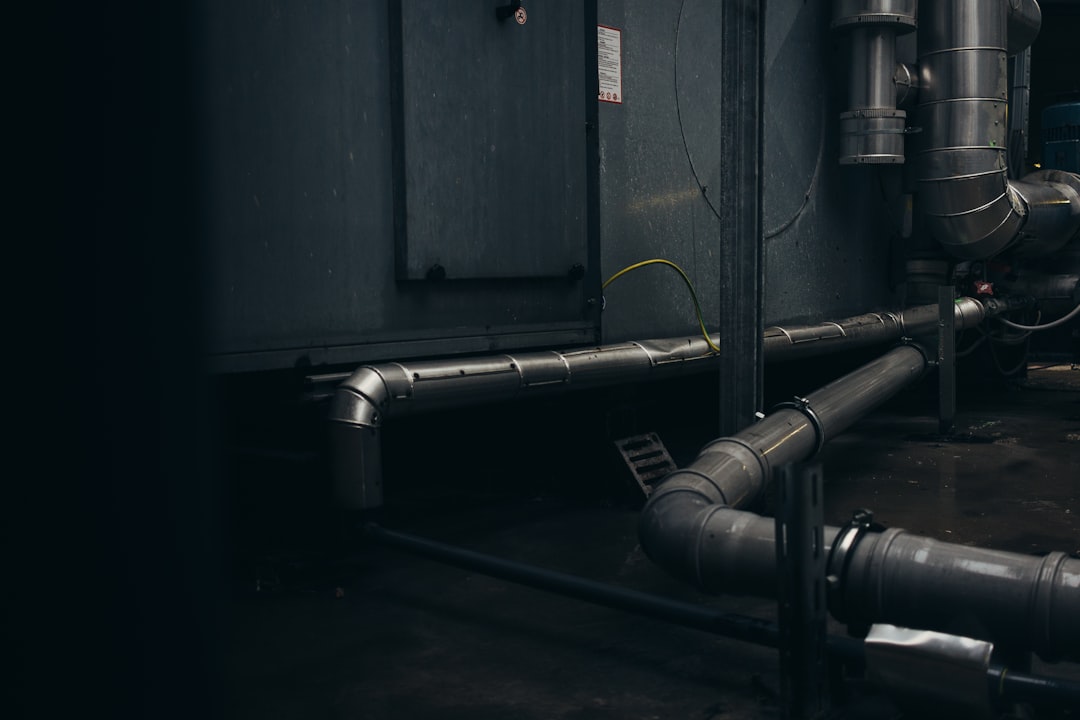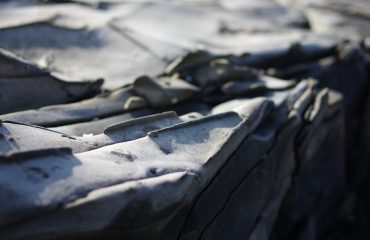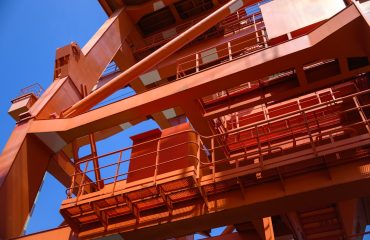1. Choosing the Right Material: The Foundation of High-Pressure Pipe Safety
The selection of pipe material is paramount in ensuring high-pressure system safety. The material must possess the necessary strength, ductility, and resistance to corrosion and fatigue to withstand the operating pressures and temperatures. Common materials include carbon steel, stainless steel, and various alloys, each with its own strengths and weaknesses. Carbon steel is cost-effective but susceptible to corrosion; stainless steel offers superior corrosion resistance but can be more expensive. Specific alloys, such as chrome-molybdenum steel, are chosen for their exceptional strength at high temperatures and pressures. The choice depends heavily on the specific application, the transported fluid (corrosive or non-corrosive), and the operating conditions. Careful consideration of material properties, including yield strength, tensile strength, and creep resistance, is crucial. Engineering standards and codes, such as ASME B31.1 and ASME B31.3, provide guidance on acceptable materials for various pressure applications. Incorrect material selection can lead to catastrophic failures, highlighting the importance of meticulous planning and expert consultation.
2. Regular Inspection and Maintenance: Preventing Catastrophic Failures
Proactive inspection and maintenance are cornerstones of high-pressure pipe safety. Regular visual inspections should be carried out to detect signs of corrosion, erosion, leaks, or damage. These inspections should include checking for dents, cracks, pitting, and any signs of weakening. More advanced non-destructive testing (NDT) methods, such as ultrasonic testing (UT), radiographic testing (RT), and magnetic particle testing (MT), can be employed to detect internal flaws that are not visible to the naked eye. The frequency of inspections depends on factors such as the pipe material, operating pressure, fluid characteristics, and environmental conditions. A well-defined inspection schedule, often dictated by regulatory requirements, is essential. Maintenance activities include cleaning, repainting, and repairing or replacing damaged sections. Prompt attention to any detected defects is crucial to prevent minor issues from escalating into major safety hazards. A comprehensive maintenance program, incorporating both preventative and corrective measures, is vital for maintaining the integrity of the high-pressure piping system.
3. Pressure Testing and Validation: Ensuring System Integrity
Before a high-pressure pipe system is put into operation, rigorous pressure testing is mandatory. This involves subjecting the system to a pressure significantly higher than its operating pressure to verify its ability to withstand the intended load. The testing pressure and duration are determined according to relevant codes and standards. During the test, the system is carefully monitored for any leaks or signs of distress. Pressure testing provides a crucial validation of the system’s integrity and helps identify potential weaknesses before they lead to failures. Hydrostatic testing, using water as the pressure medium, is a common method. Pneumatic testing, using air or gas, is also used but requires extra precautions due to the higher risk of catastrophic failure if a leak occurs. Accurate pressure gauges and monitoring equipment are critical for ensuring the accuracy and reliability of the test. Proper documentation of the test results is essential for compliance and future reference. Successful completion of pressure testing provides assurance that the system is capable of safely operating at its designated pressure.
4. Emergency Procedures and Response: Mitigating Risks
Despite preventative measures, accidents can still occur. Having well-defined emergency procedures is crucial for minimizing the impact of high-pressure pipe failures. These procedures should include steps for immediate isolation of the affected section, evacuation of personnel from the danger zone, and notification of emergency services. Emergency shut-off valves should be readily accessible and clearly marked. Personnel should receive regular training on emergency procedures, including the use of personal protective equipment (PPE) and the proper response to different types of incidents. Emergency response plans should be regularly reviewed and updated to reflect changes in the system or operating conditions. Drills and simulations can help improve response times and coordination among personnel. A comprehensive emergency response plan is a vital component of a robust high-pressure pipe safety program. This plan should address all foreseeable scenarios, including leaks, ruptures, and fires.
5. Regulatory Compliance and Standards: Adhering to Best Practices
Operating high-pressure piping systems requires strict adherence to relevant regulations and industry standards. These regulations vary depending on the location and the specific application, but they generally cover aspects such as material selection, design, construction, inspection, testing, and operation. Familiarization with applicable codes and standards, such as ASME B31.1 (Power Piping), ASME B31.3 (Process Piping), and relevant OSHA regulations, is essential. Regular audits and inspections by regulatory bodies help ensure compliance. Maintaining accurate records of inspections, tests, and maintenance activities is crucial for demonstrating compliance. Non-compliance can result in significant penalties and legal liabilities. Staying updated on changes to regulations and standards is essential for maintaining a safe and compliant operation. Continuous improvement and a commitment to safety are vital for ensuring long-term success in managing high-pressure piping systems.
High-pressure pipe safety is not a single action but a multifaceted approach requiring continuous vigilance and commitment. By diligently following these guidelines, organizations can significantly reduce the risks associated with high-pressure systems and maintain a safe working environment.
Tags: High-pressure pipe safety, pipe inspection, pressure testing, pipe materials, safety regulations, industrial safety




